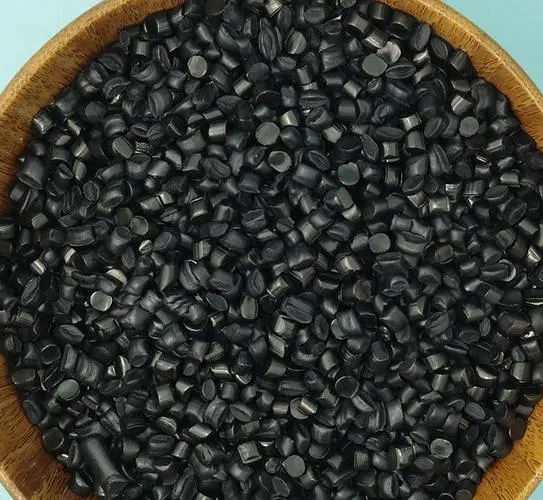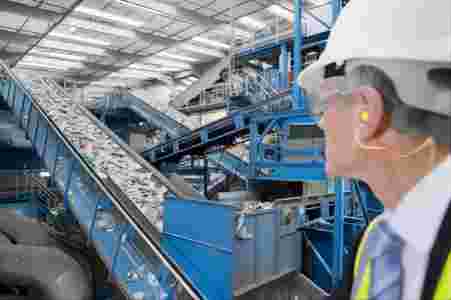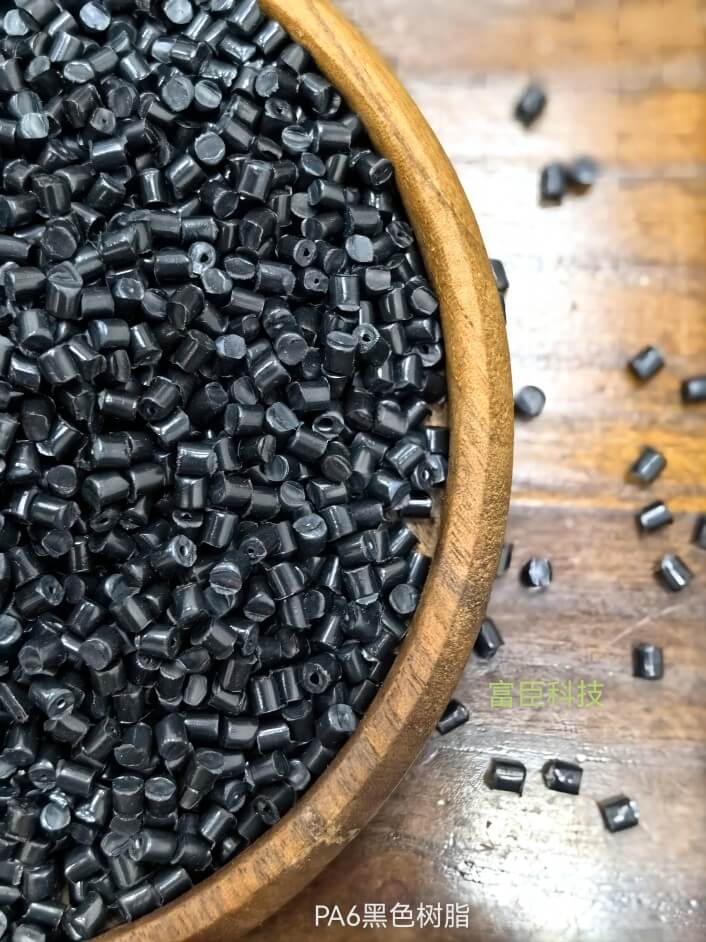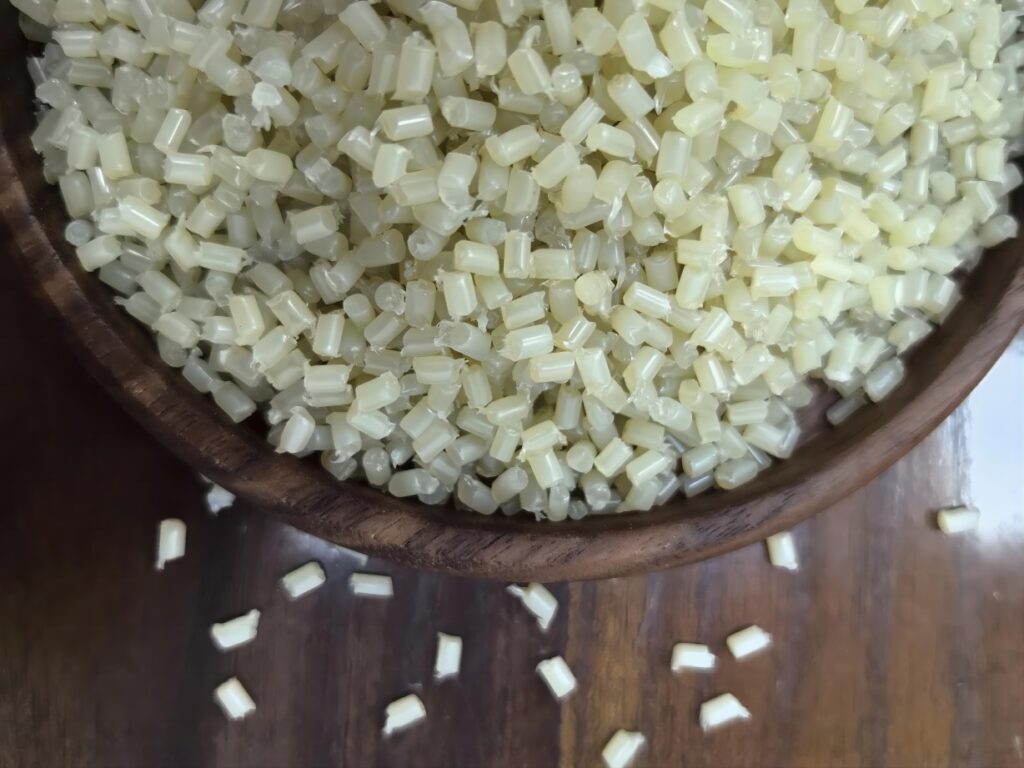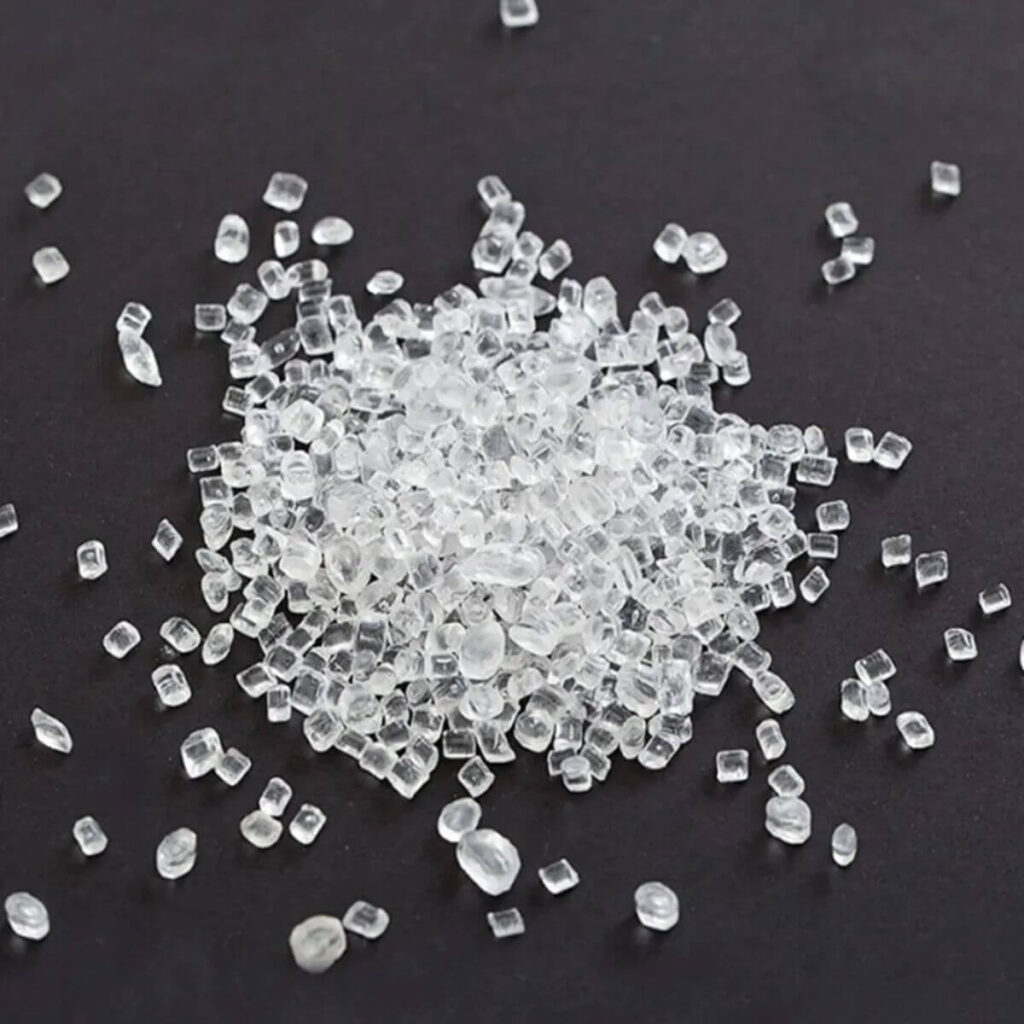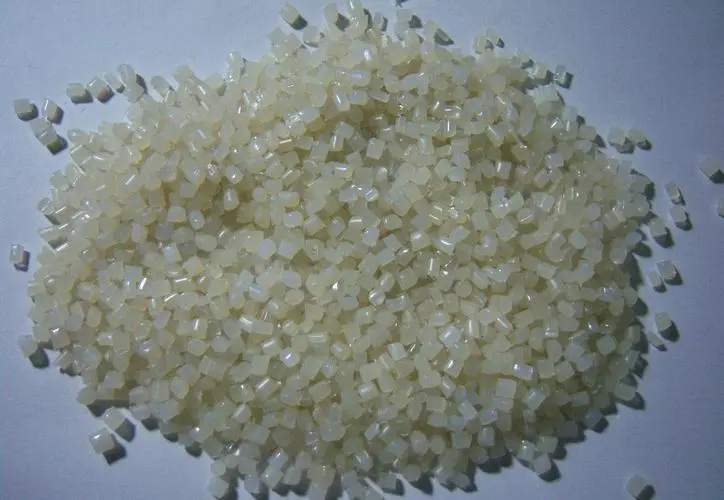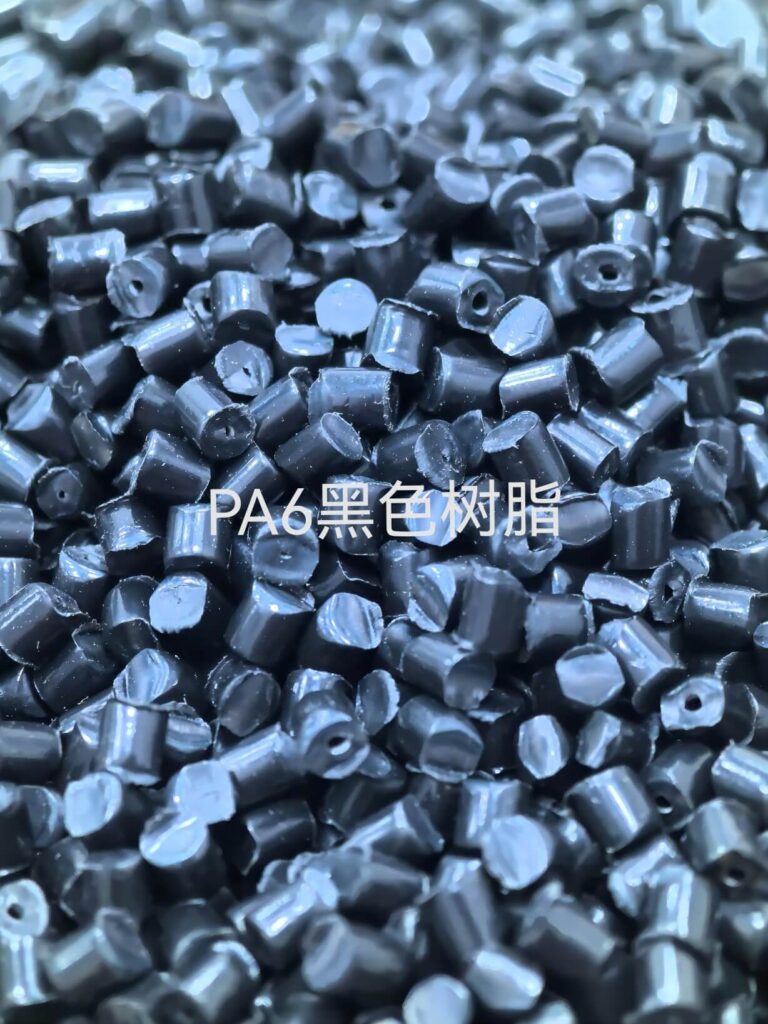Melting Point of Nylon 6 Chemical Composition and Synthesis Nylon 6, also known as polycaprolactam (PCL), is produced through the ring-opening polymerization of caprolactam. It has a melting point ranging from 215-225°C (420-437°F). This relatively low melting point makes Nylon 6 easier to process and mold, making it a popular choice for textiles, carpets, and […]
Category Archives: Nylon
Introduction Nylon, widely recognized for its use in textiles due to its strength, durability, and lightweight nature, is now making waves in the electronics industry. This synthetic polymer’s newfound ability to conduct electricity has opened a world of possibilities for electronic applications. In this article, we will delve into the concept of conductive nylon, its […]
Exceptional Mechanical Properties of Nylon 12 CF It offers exceptional mechanical properties that make it a preferred choice for high-performance applications. The carbon fiber reinforcement provides the material with high stiffness and strength, making it suitable for use in structural applications where weight reduction is critical. Additionally, Nylon 12 CF has excellent fatigue resistance, which […]
In the ever-evolving world of recycling, plastic engineers have emerged as crucial players in the development of innovative techniques to address the growing issue of plastic waste. As the demand for sustainable solutions increases, these professionals are working tirelessly to revolutionize the recycling process. This article delves into the advancements in recycling methods and highlights […]
Origins and Development of Black Nylon The history of black nylon dates back to the 1930s when DuPont, an American chemical company, began researching and developing synthetic fibers. The first nylon fabric was introduced in 1938, quickly gaining popularity due to its strength, elasticity, and resistance to wear and tear. However, it wasn’t until the […]
Introduction of Engineering Plastic Material and Commodity Plastic Engineering plastic material and commodity plastics are two distinct categories of materials widely used in the manufacturing industry. While both serve various purposes, understanding the differences between them is crucial for selecting the most suitable material for specific applications. This article explores the factors that differentiate engineering plastic […]
Understanding the Properties of PA11 Semi-Crystalline Nature and Mechanical Excellence Polyamide 11 is a semi-crystalline polymer, meaning it consists of both amorphous and crystalline regions. This dual structure endows PA11 with remarkable mechanical properties, including high tensile strength and elongation, which contribute to its robustness and durability. Its impact resistance further enhances its appeal […]
Chemical Composition: The Backbone of Differences in PA11 and PA12 Plastic PA11 and PA12 plastic are both members of the polyamide family, a group of thermoplastics known for their strength and durability. However, their chemical compositions set them apart significantly. PA11 is synthesized from 11-aminoundecanoic acid, while PA12 originates from 12-aminododecanoic acid. This seemingly minor […]
Polyamide 6: Versatile Synthetic Polymer Diverse Applications and Structure Polyamide 6 stands out due to its semi-crystalline nature, combining both crystalline and amorphous regions within its molecular structure. This unique composition imparts robust mechanical properties, making it a popular choice in textiles, automotive, and electronics sectors. The semi-crystalline nature is crucial to its performance, balancing […]
Composition of Nylon 6 Material: Caprolactam and Its Origins Nylon 6 material is predominantly made from a single type of monomer called caprolactam. This chemical is sourced from the petrochemical industry, which heavily depends on non-renewable resources like crude oil. The synthesis of caprolactam involves complex chemical reactions that emit greenhouse gases and other pollutants, […]



